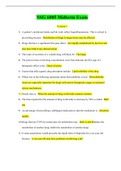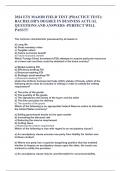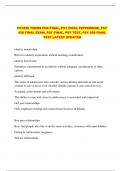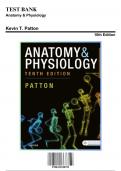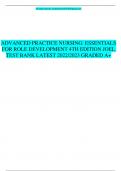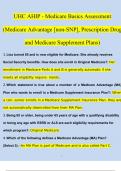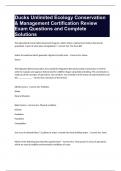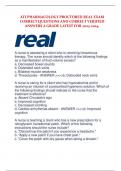Tentamen (uitwerkingen)
NSG 6005 MIDTERM EXAM (2 VERSIONS) / NSG6005 MIDTERM EXAM (NEWEST, 2021): SOUTH UNIVERSITY |100% VERIFIED AND CORRECT ANSWERS|
- Vak
- Instelling
NSG 6005 MIDTERM EXAM (2 VERSIONS) / NSG6005 MIDTERM EXAM (NEWEST, 2021): SOUTH UNIVERSITY |100% VERIFIED AND CORRECT ANSWERS| NSG 6005 MIDTERM Version-1 1. The first-line treatment for cough related to a upper respiratory infection in a five-year-old is: A. Fluids and symptomatic care B. ...
[Meer zien]
